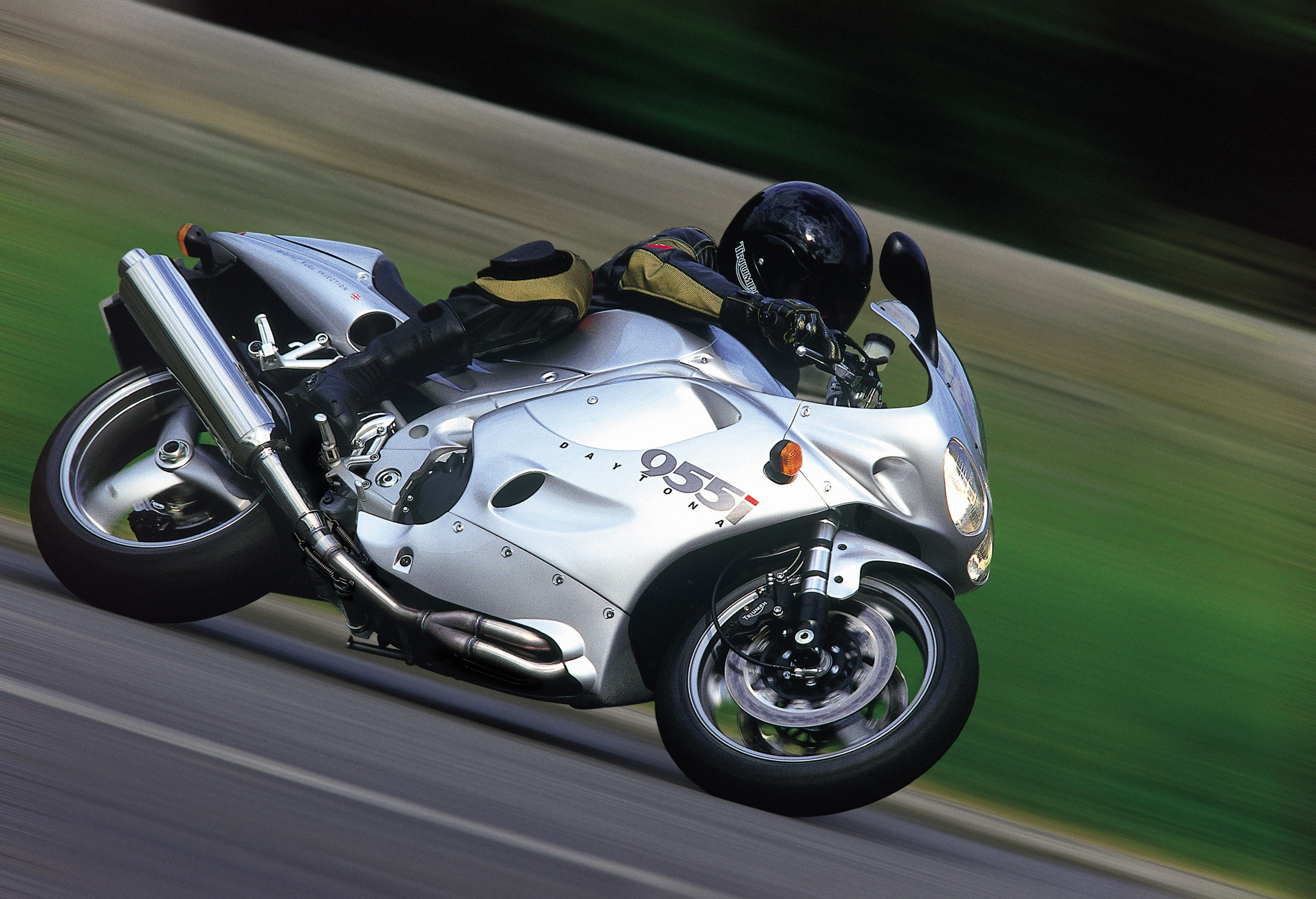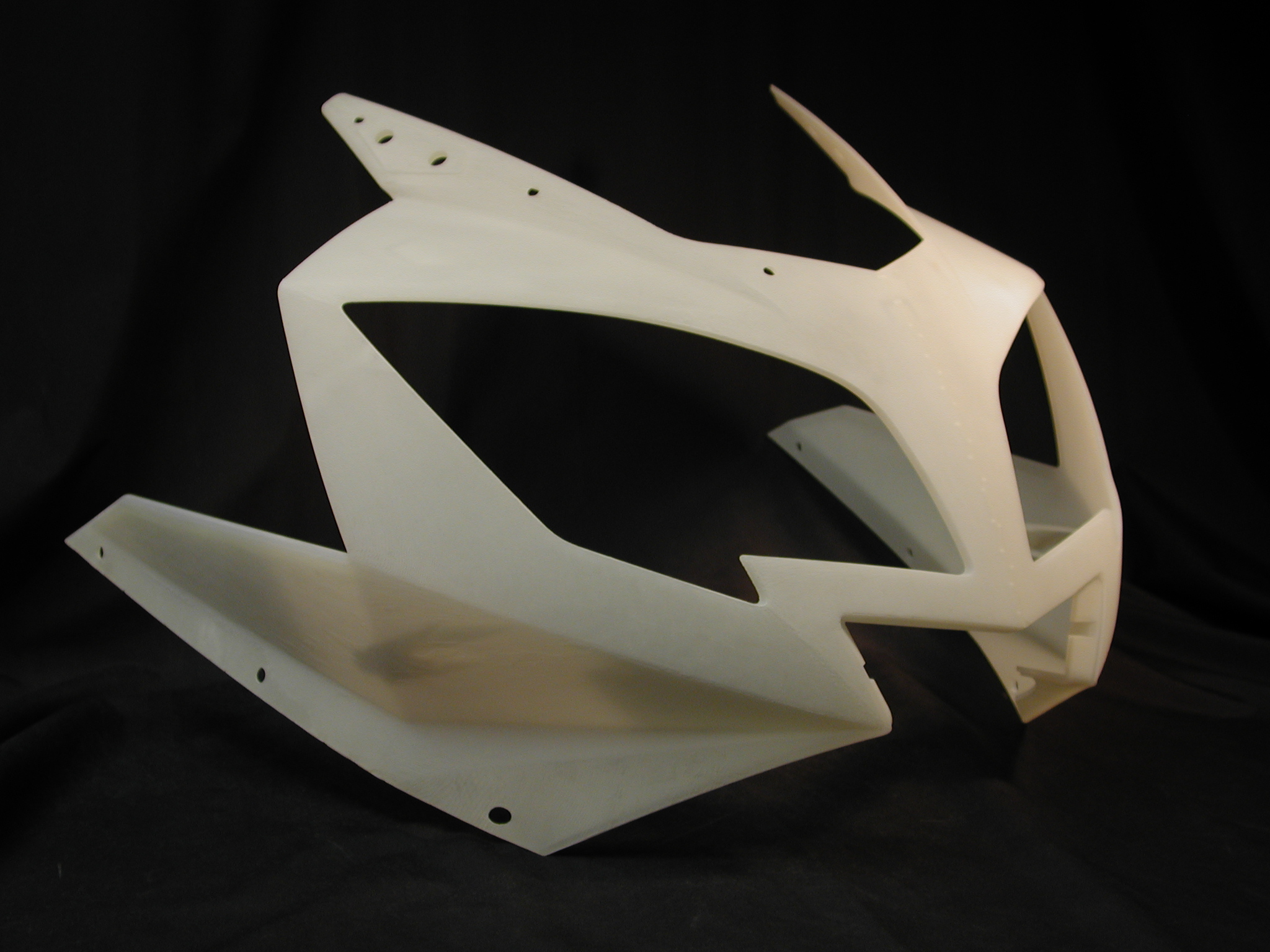Low volume motorsport production of concept motorcycle parts
Malcolm Nicholls Limited has developed a range of low volume motorsport production prototypes and demonstrators.
Low volume motorsport production of motorcycle parts
Malcolm Nicholls Limited have extensive experience in low volume production and has developed a range of low volume motorsport production prototypes and demonstrators. These are designed specifically for use in race cars and have a number of features that make them well suited to this application.
Malcolm Nicholls Ltd can 3D Print motorcycle fuel cell, fuel tanks, fasteners shift levers, brake levers, quick replacement parts for motorcycles, replica or concept helmets, concept motorcycles and much more. Renown for our Automotive expertise and knowledge with 3D printing for race cars and concept vehicles.
Home To Two Of The UK’s Largest 3D printers

Vacuum Casting
Low volume vacuum casting is a technique for reproducing parts, frequently utilised in the prototyping phases of product creation.
MNL has extensive experience in working with the automotive industry, and has successfully applied low volume vacuum casting to create a variety of low volume production for motorcycle parts and prototypes. This includes both interior and exterior parts, as well as engine components.
To create simulated engineering plastics, masters from any source or 3D printing technology are employed to create silicon tools that may be used for low volume vacuum castings in a wide range of materials.
Benefits of low volume motorsport production of motorcycle parts and concept Motorcycles
Greater flexibility in design – low-volume motorsport production of the fuel cell and other parts allows for more flexibility in product design. As manufacturers are not constrained by the need to produce large quantities of a product, they can craft something bespoke to a particular motorcycle’s requirements. This can be especially useful when developing new products or making changes to existing ones.
More efficient production – low-volume motorsport production of the fuel cell and other parts is more efficient than traditional mass production methods due to it eliminating the need to set up and maintain large-scale manufacturing equipment and batch produce large quantities of products that may not be needed.
Lower costs – low-volume motorsport production fuel cell prototypes and other parts can be significantly cheaper than traditional mass production methods since it requires less investment in equipment and facilities.
Improved quality – low-volume motorsport production of the fuel cell and other car parts often leads to improved product quality as manufacturers can take more time and care over each individual item. This is due to the fact that they are not under pressure to produce large quantities of products in a short period of time.
Greater customer satisfaction – can lead to greater customer satisfaction, as manufacturers are able to produce products that better meet their specific needs and requirements.


Why choose Malcolm Nicholls for 3D printing and low volume motorsport production of motorcycle parts?
Malcolm Nicholls has over 40 years of experience in 3D printing and low volume motorsport production of fuel cell prototypes and other motorsport parts.
Automotive clients of MNL benefit from the fast turnaround, cost-effective solutions provided by a 3-Tier costing system and integrated project management.
Whether you need finely detailed painted or plated components, or functional PPAP, MNL uses cutting-edge and custom automotive prototypes and model-making processes to meet even the most stringent automotive industry demands.
